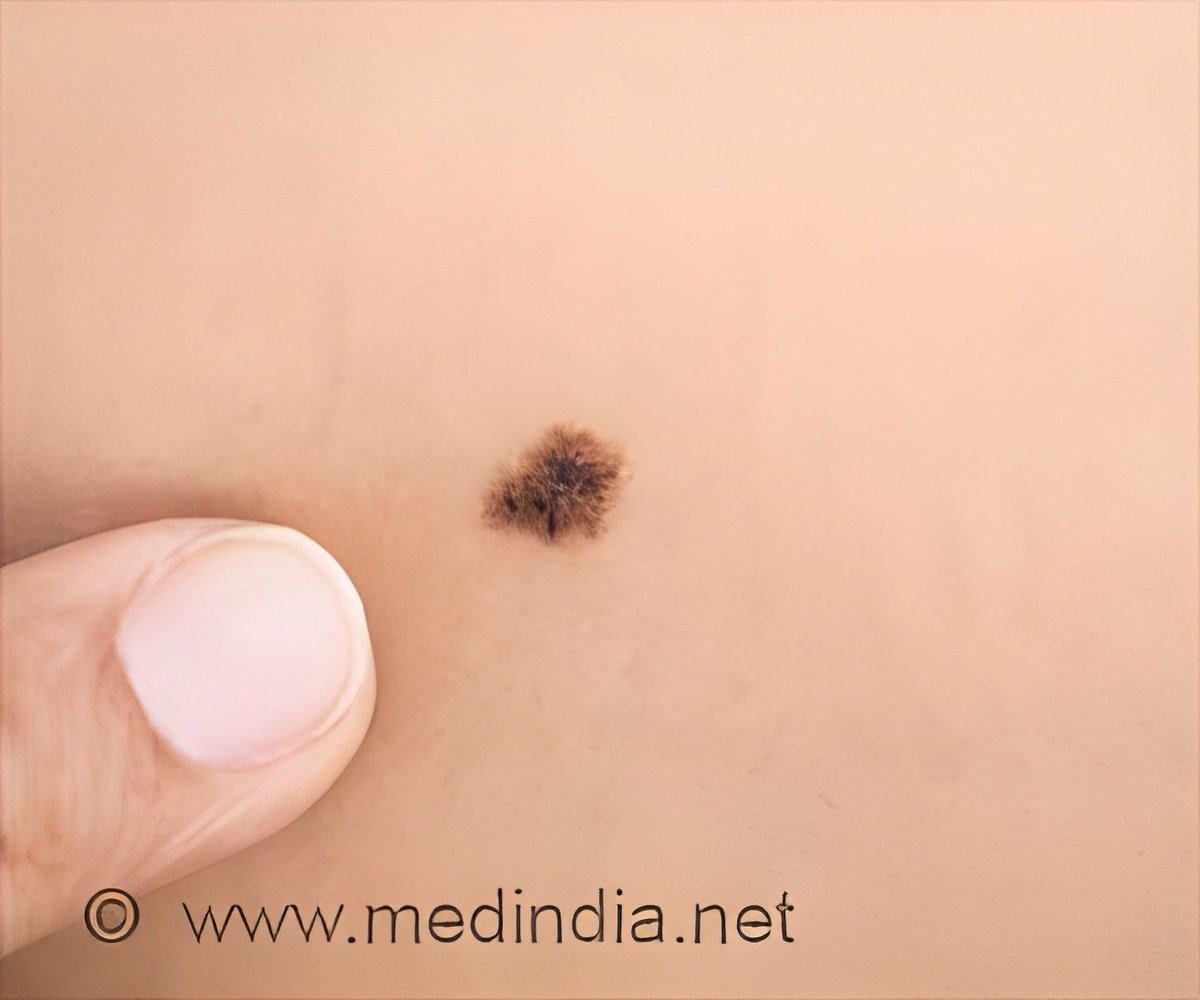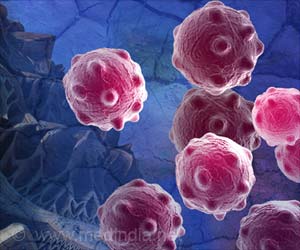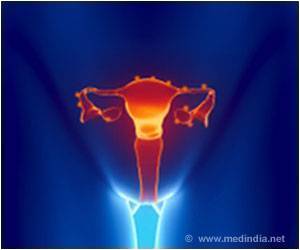Circulating tumor DNA tests can predict melanoma recurrence, with higher levels correlating to faster cancer return.

Clinical validation of droplet digital PCR assays in detecting BRAFV600-mutant circulating tumour DNA as a prognostic biomarker in patients with resected stage III melanoma receiving adjuvant therapy (COMBI-AD): a biomarker analysis from a double-blind, randomised phase 3 trial
Go to source). The researchers also found that the disease returned more than four times faster in this group than in those with no detectable levels of the biomarker, and the higher their levels, the faster cancer returned.
‘Did You Know?
Nearly 80% of melanoma patients with detectable levels of circulating tumor DNA (ctDNA) before treatment saw their cancer return, with higher ctDNA levels leading to even faster recurrences. #medindia #melanoma #cancer #ctdna’





Nearly 80% of melanoma patients with detectable levels of circulating tumor DNA (ctDNA) before treatment saw their cancer return, with higher ctDNA levels leading to even faster recurrences. #medindia #melanoma #cancer #ctdna’
Advertisement
Potential of ctDNA Testing to Guide Treatment Decisions
“Our findings suggest that circulating tumor DNA tests could help oncologists identify which melanoma patients are most likely to respond well to therapy,” said study lead author Mahrukh Syeda, MS. “In the future, such assessments may be used routinely in the clinic to help guide treatment decisions,” added Syeda, a research scientist in the Ronald O. Perlman Department of Dermatology at NYU Grossman School of Medicine.The research team also found that nearly all of those with detectable levels of ctDNA at three, six, nine, or 12 months into treatment experienced melanoma recurrence. As a result, the authors say, if the gene fragments are not observable prior to therapy but appear later on, this could indicate that the disease might be worsening.
Advertisement
Stage III Melanoma and the Challenge of Detecting Recurrence
In stage III melanoma, which is among the most aggressive forms of skin cancer, tumor cells have spread from the skin to nearby lymph nodes. After those lymph nodes are surgically removed, say the study authors, recurrence can be hard to spot using common imaging methods like X-rays and CT scans, which has fueled the search for other ways to detect cancer activity early on.According to Syeda, swiftly tracking treatment progress and the ability to spot signs of cancer growth could be helpful in a disease as dangerous as melanoma, which is notoriously difficult to treat once it spreads to other body parts. Early feedback from a ctDNA analysis might save lives, she says.
How ctDNA Testing Works in Melanoma
This ctDNA method works by focusing on the most common mutations in the genetic code in melanoma cells. The mutated DNA spills into surrounding blood as the cells break down.Previous research has shown that ctDNA tests accurately trace the progression of colorectal and breast cancers, among others. In addition, in 2021, the authors of the current report found that higher levels of ctDNA in those with stage IV melanoma, which has spread throughout the body, were linked to lower chances of survival. They also found that changes in ctDNA measurements during treatment could be used to identify patients with better or worse chances of survival.
Largest Study to Date on ctDNA in Stage III Melanoma
Their latest investigation, publishing online April 15 in the journal The Lancet Oncology, is the largest to date to assess ctDNA as a predictor for recurrence in patients with stage III melanoma, says Syeda.The results were in nearly 600 men and women who had participated in an earlier clinical trial for stage III melanoma. The research team used blood samples from people in a clinical trial from Europe, North America, and Australia. They compared ctDNA measurements to clinical evidence of cancer recurrence. Their statistical analysis accounted for factors other than tumor shedding that could affect recurrence, such as sex, age, and type of therapy.
ctDNA Matches or Outperforms Tumor-Based Recurrence Tests
Among the findings, the results showed that assessing ctDNA levels was as good or better at predicting recurrence than other experimental tests that examine a tumor itself, such as those that measure immune activity within a group of cancer cells.“Unlike standard, tissue-based analyses of tumor cells, which can only suggest the likelihood of recurrence, circulating tumor DNA tests provide a clear, direct measure of the disease itself and can tell us outright that melanoma has returned,” said study senior author and dermatologist David Polsky, MD, PhD.
Polsky, the Alfred W. Kopf, M.D., Professor of Dermatologic Oncology in the Ronald O. Perelman Department of Dermatology, cautions that in some cases, cancer still recurred even though the patient had received a negative ctDNA test before starting therapy.
To address this, the authors next plan to improve the sensitivity of their test, adds Polsky, also a professor in NYU Grossman School of Medicine’s Department of Pathology. They also intend to explore, in a clinical setting, whether using the biomarker to make treatment decisions can indeed improve patients’ chances of survival and quality of life.
Reference:
- Clinical validation of droplet digital PCR assays in detecting BRAFV600-mutant circulating tumour DNA as a prognostic biomarker in patients with resected stage III melanoma receiving adjuvant therapy (COMBI-AD): a biomarker analysis from a double-blind, randomised phase 3 trial - (https://www.thelancet.com/journals/lanonc/article/PIIS1470-2045(25)00139-1/abstract)
Source-Eurekalert















